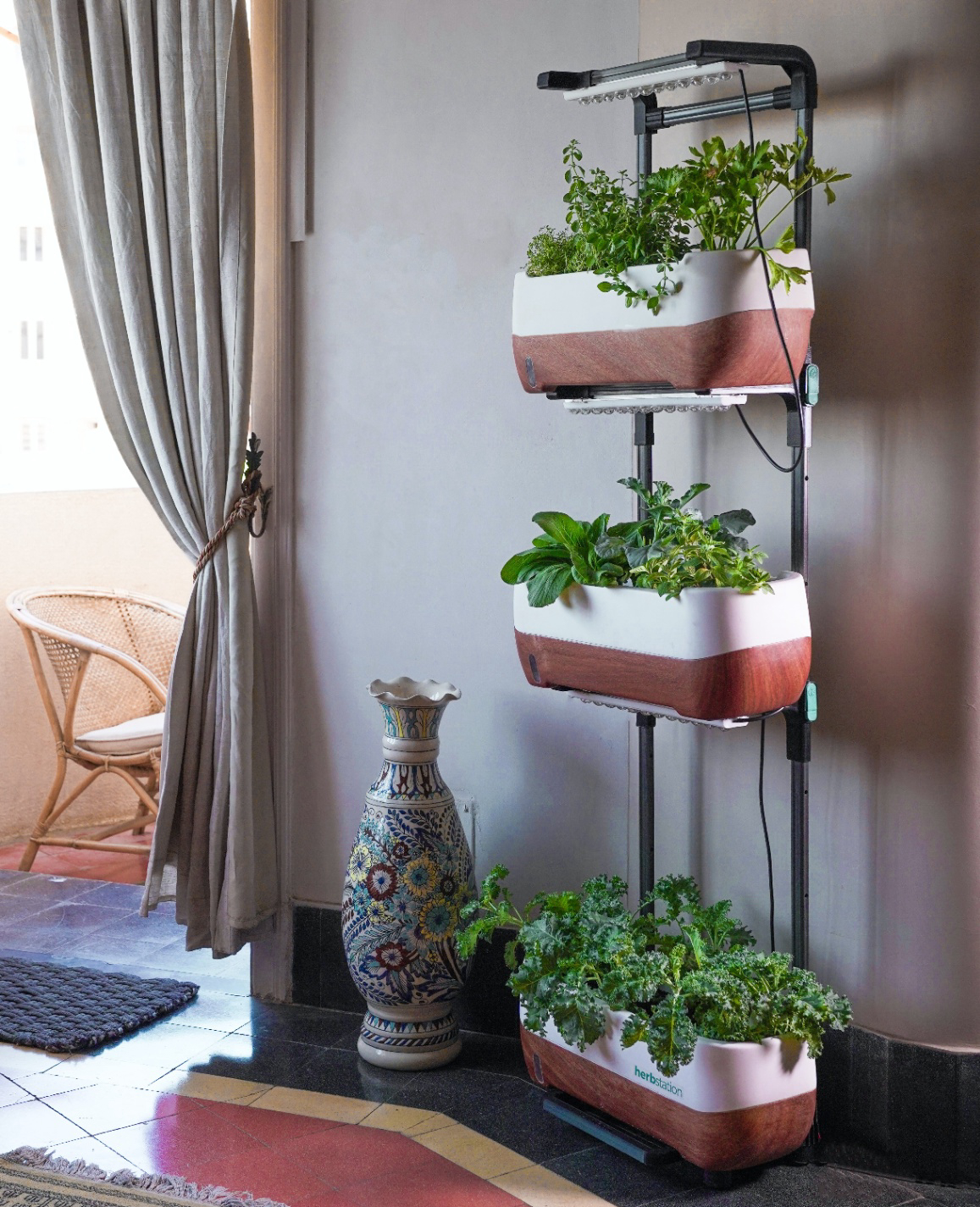
A microgreen is a stage of a plant's growth when it’s first leaves appear. These can be leaves of tiny greens, lettuces, or herbs, harvested when they are young and about an inch or two tall. Microgreens are used to improve flavor in dishes. They are young seedlings, so they have a fresh taste.
It is grown from the same seeds when you plant a crop you use; they are harvested in just a week or 10 days. They are not to be mistaken for sprouts. And once cut, you have to consume them quickly or else the colour starts to fade, the freshness decreases, and it starts growing.
Food expert Chef Sameer Malkani, who has observed the microgreen trend in the city, says, "It's catching up in the city. I think chefs are enjoying the freshness of microgreens where one uses young leaves. For one, these enhance visual appeal, secondly, young radish or broccoli greens have an intense flavour and third, they are packed with nutrition. You know the value of a microgreen is at least 30% higher than the vegetable/root"
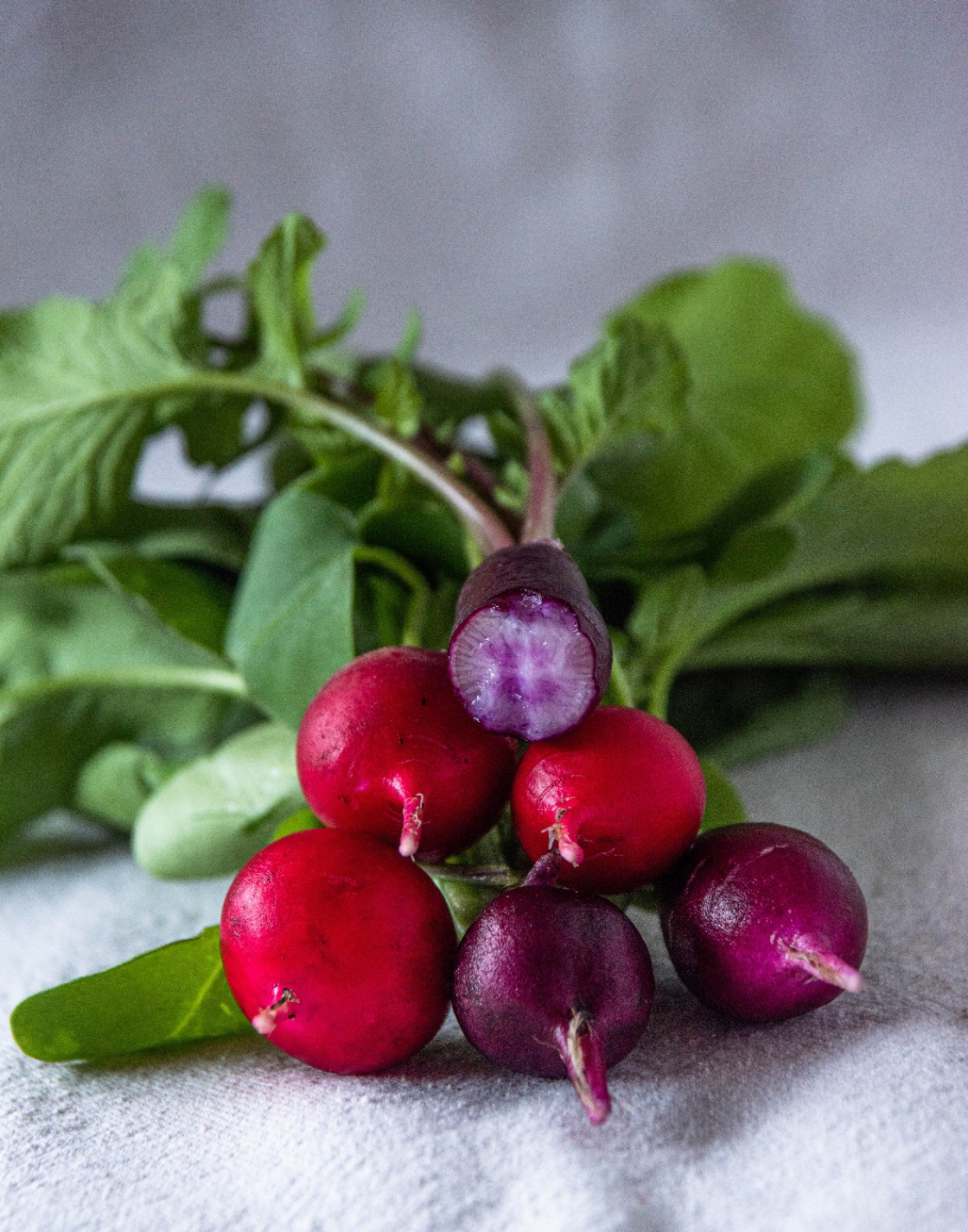
As these are observed as extremely tiny green vegetable these can be sprouted anywhere inside the house into a small container or pot and so they have got that name called microgreens.
Know the process
The main conditions to grow these plants are:
Firstly Compost - An organic mix of compost, packed with necessary minerals and fertilizers is available in markets these days and is perfectly suited for growing microgreens. If finding that is difficult then add any kind of soil, a muslin cloth is good enough as a medium. The important thing here is to use something that will remain moist enough to enable the seeds to sprout.
Second is Sunlight – The more sunlight your potted plant will get the more nourished it will be. Keep them in direct sunlight. If you are growing them inside your house, make sure they get enough sun rays through the glass window.
The last one is Water – Since these plants are tiny, spraying them with water is more than enough.
If you want to know the process about how these plants can be grown. Then here you go; Pick out your container make the holes to draining excess of water and fill it three quarters with the pre-moistened compost mix.
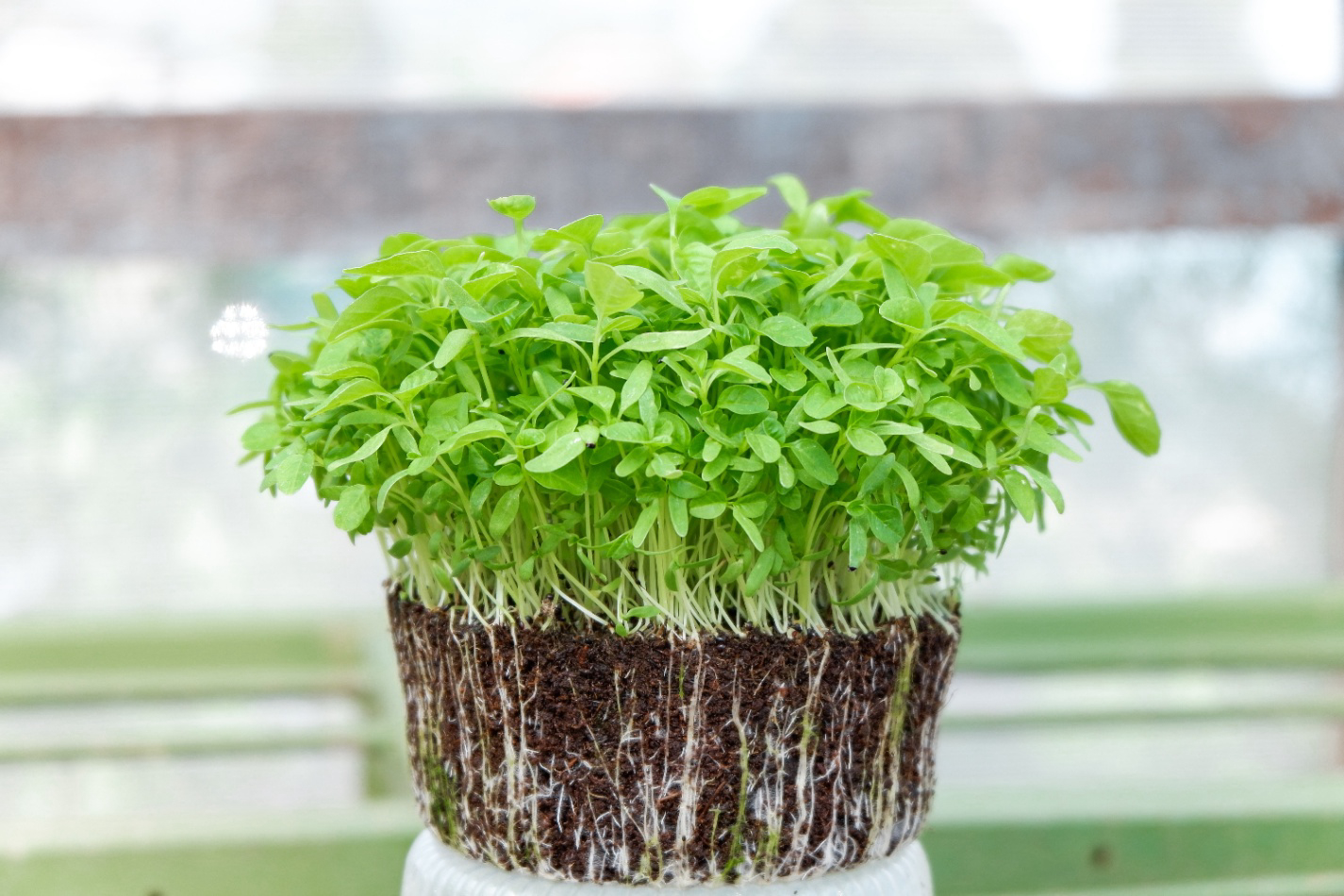
So, your seeds with about ½ an inch distance between them, even these micro plants require a little room to grow. Cover with the rest of your compost mix and if you want, enclose them in plastic wrap to maintain the warmth required for germination.
The next step is to wait for a few days before you can reap the benefits of what you’ve sown!
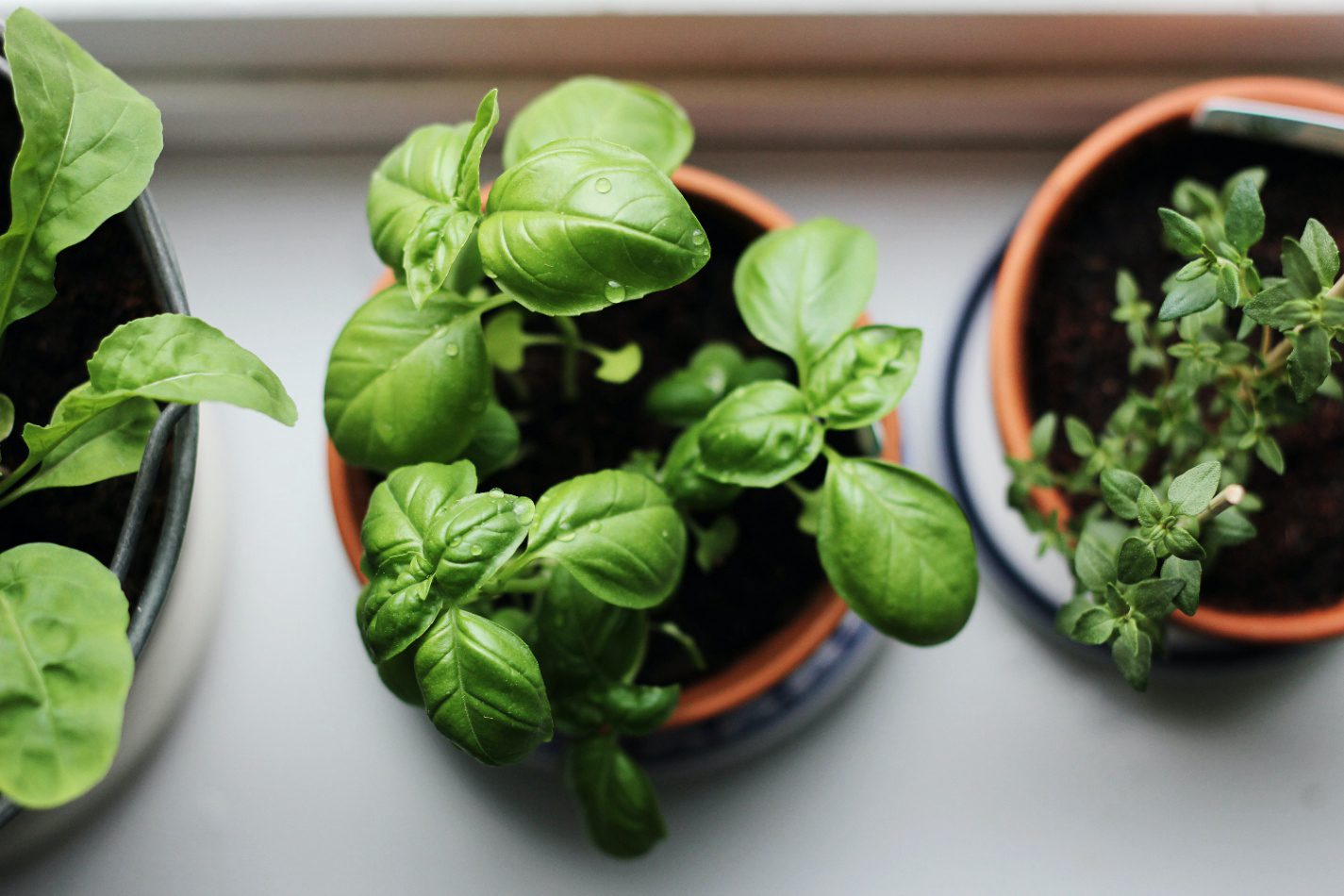
These plants just begin to sprout in no more than 2 weeks. The seeds will take around 2 days to absorb moisture from the soil after which the germinating process starts. If you want to speed up this already quick process, soak the seeds in water overnight before planting them in moist soil. Once the microgreens have sprouted, pick a handful and harvest with a pair of kitchen scissors.
Plants like mustard cress, radish greens, spinach, basil, coriander, fennel, beet greens, sunflower, kale, arugula, lettuce, and carrots, there is no limit to this, any leafy vegetable or salad crop can be grown in its microform. From mild to spicy, sweet to bitter or peppery - note that the flavor of a microgreen may be nothing like that of its grown counterpart.
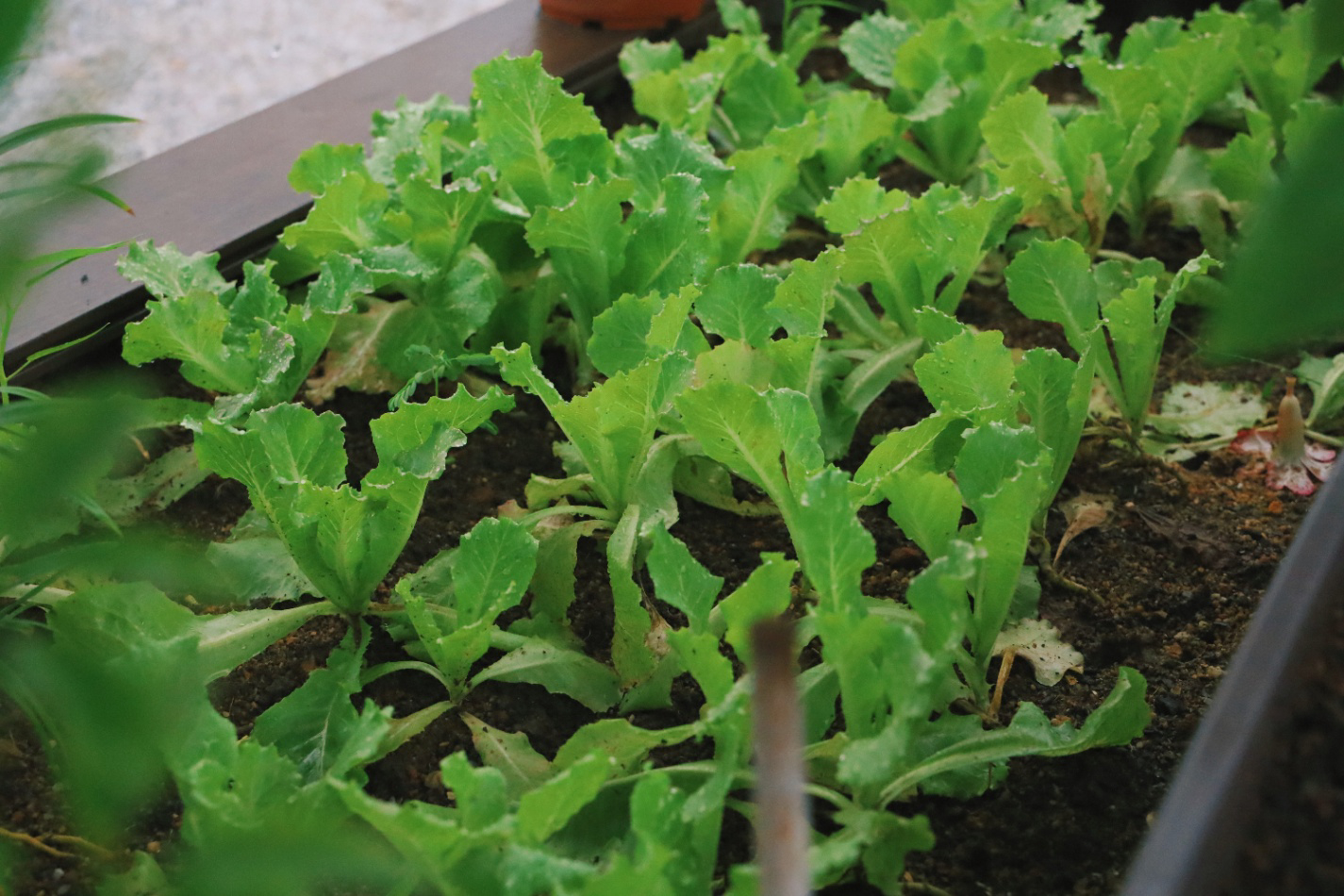
Once they are about 1 – 2 inches high, depending on what you have sown pluck these leaves and it is all ready to be used. Add them to salads, as garnishes to main dishes, for a crunch in soup, or try caramelizing the tips and even use them in a dessert!
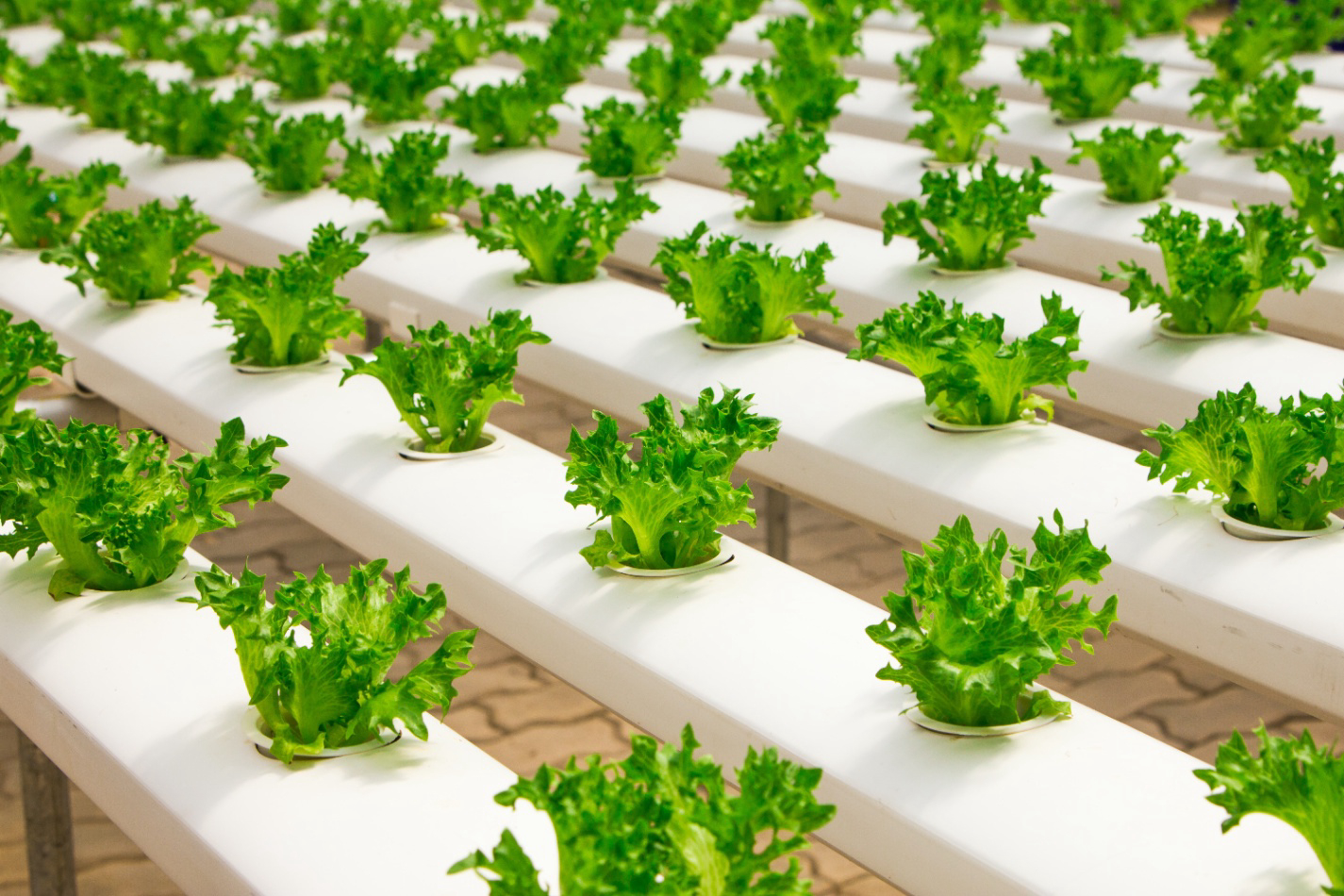
Since microgreens are harvested when they are very young, they don’t need much space to grow like an expansive terrace garden. All it needs is small pots, or plastic containers, or even old jewelry box would do. The only needed task to be done is to make sure there is an outlet for the water to drain out.
